Just sat down with the checklist for getting your newly-bought tiny home ready?
You’ll need to make sure the cooling system is ticked off as soon as possible. After all, a cool and refreshing indoor atmosphere is essential for ensuring you are comfortable in your new home.
And when it comes to keeping a tiny home cool, you need to strategize as you are limited by space constraints, among other challenges.That’s why we thought of curating this extensive guide on how to keep a tiny house cool. Go ahead and give it a read.
How To Keep Your Tiny Home Cool
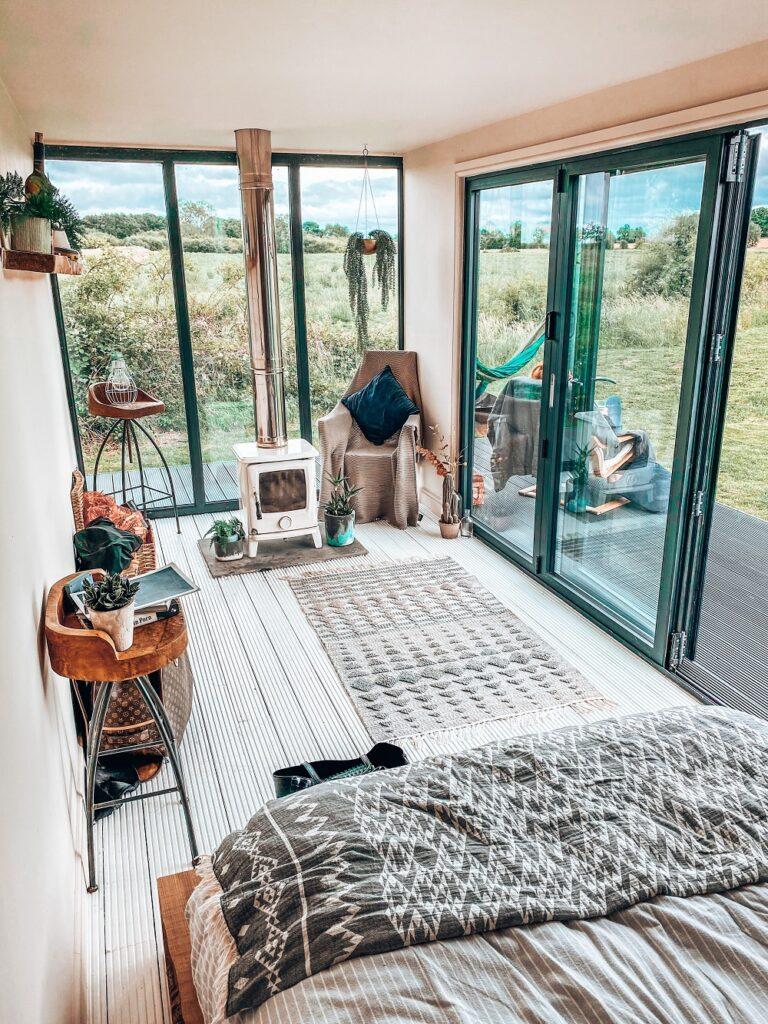
1. Installing A Wall-Mounted Air Conditioner
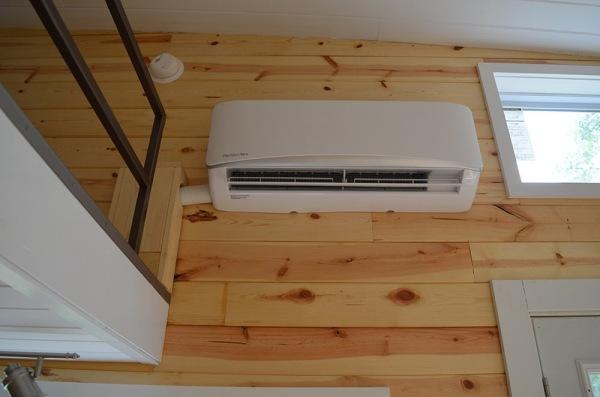
Let’s start by talking about this popular air-conditioning option for tiny homes that does away with the need to block the windows.
Wall-mounted air-conditioning units are, in effect, ductless systems but do need to be installed by a professional. So, if you’ve started work on a tiny home, make sure you devote adequate time to getting the wall-mounted unit installed in the course of the building process.
But here’s a point of caution if you’re considering this technique — smaller wall-mounted units tend to be a bit noisy. That said, we’d suggest reading some detailed customer reviews before you purchase the unit to learn about similar features that may prove to be an inconvenience later.
Speaking of the overall cost involved, operating a wall-mounted air conditioner may be slightly more expensive than other cooling solutions. However, the expenditure will be worth it for those who prefer to omit the bulky look of a window air-conditioning unit.
Anyhow, a wall-mounted unit is perfect for tiny homes located in regions with a perpetually hot climate. But in case you reside in an area experiencing different seasons or are planning a holiday home in regions with distinct climates, a mini-split system might be a better option.
2. Investing in Mini-Split Air-Conditioning Systems
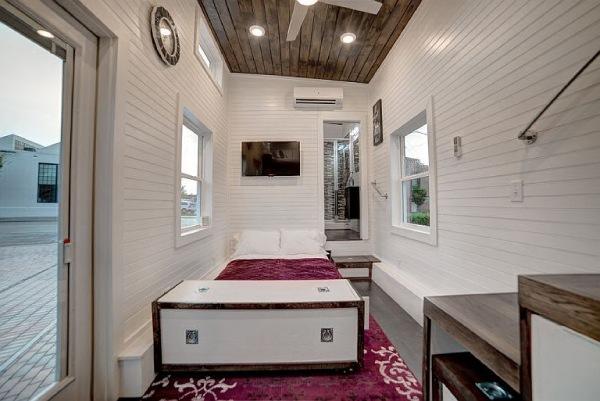
A mini-split system is another prevalent choice that can also work wonderfully in cooling any tiny home. It consists of two primary components, viz. an air-handling unit or evaporator for your indoors and an outdoor condenser.
And linking the two parts is a conduit composed of refrigerants and electric and drain lines, which rules out the need to conduct any ductwork. In effect, the thin tubing made of copper pumps the refrigerant directly into the unit.
Here’s how the cooling process works — the air is cooled when it passes through the compressor and finally returns to the unit indoors, where it circulates throughout the room. So, this system can handle the individual cooling needs of any room using all its components. It can even maintain a cool atmosphere within tiny homes in the roughest summer months.
A major advantage of opting for mini-split systems is that they take up little space within any home. That’s why they can be perfect for tiny houses where conserving space is a priority.
You should also know that most cooling systems are categorized into two types depending on their working mechanism. While the basic options require manual temperature adjustment, you can regulate the more advanced ones using smartphones.
3. Using A Portable Air Conditioning System
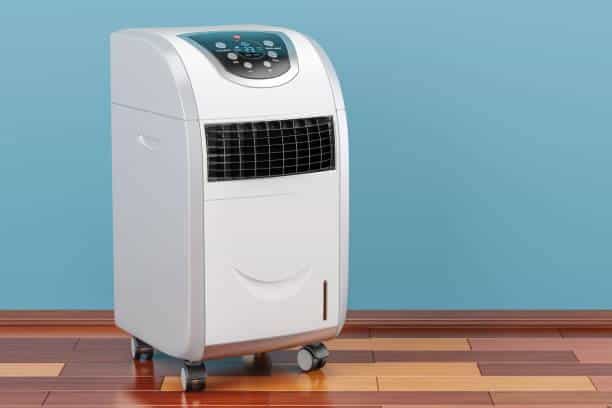
If you need to supplement the cooling system in your tiny home, it will be best to opt for a portable air conditioner to obtain year-round comfort with ease. These systems work like fans, releasing air in the form of an undirected cone.
Notably, the majority of models come with an exhaust tube extending from the air conditioner to push air that can’t be conditioned. And you can get either a single-hose or a double-hose unit based on the air exchange process.
Firstly, know that dual-hose options draw air from outside through one hose and expel moisture and warm air back through the other. As for the single-hose units, the air is absorbed from as well as released into the room through a single hose.
A point worth noting is that dual-hose options are regarded as safer and more effective cooling options since they prevent the occurrence of any negative air pressure. In case you opt for a dual-hose air conditioner, always fix the exhaust through the nearest outside opening after you position the unit.
That’s why you’ll have to choose the location of the unit wisely, keeping in mind the position of the opening. And while selecting a suitable unit, you should consider its electrical requirements and your preferred size and price range. Note that the average portable units require around 115 volts for optimal functioning.
4. Installing Through-The-Wall (TTW) Units
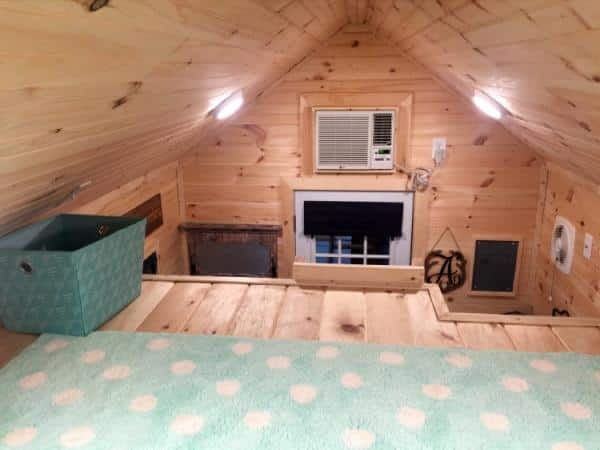
Alternatively called “a window unit”, such an air conditioner occupies a part of the wall, with its cooling side facing the room interior and the exhaust venting on the outside.
But there are variations between different TTW units — some have the exhaust vents only at the back and front, while others have them on the sides too. So, in case you opt for the latter model, you must be careful to ensure the side-vents aren’t blocked. On that note, such alterations can be a pretty costly mistake.
Speaking of the working mechanism of such air conditioners, they function by blowing air in the form of an uninterrupted cone over the cooling coils. Now, in case your ceiling is much higher or the space in the tiny home is wider than general, the chances are that the cooling effect on the two sides will differ substantially.
That’s why you’ll need to consider whether the unit will be able to heat your tiny home uniformly before buying such a system. So, make sure to figure out the dimensions of the house and read the manual to check their compatibility.
On the bright side, these models are at par with the traditional ones when it comes to cooling efficiency but fit better in small-sized windows.
Moreover, these systems are pretty easy to install and won’t require more than two people during the setup process. They are also priced reasonably and hardly produce any noise owing to their through-the-wall installation. And although they’re commonly regarded as less energy-efficient than other options, you can rest assured that the electricity consumption won’t increase substantially.
5. Using Ceiling Or Oscillating Fans
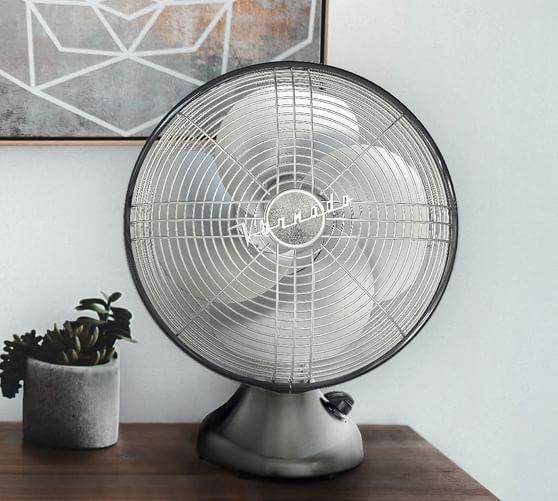
You might not always need a powerful air conditioning system to maintain a cool atmosphere within a tiny home. In such situations, ceiling fans or oscillating fans are helpful additions that can create a breeze cool enough to keep your family and guests refreshed.
Among the two types, oscillating fans are perfect options in case there are multiple people sleeping in a tiny home who prefer different temperatures. That way, people who like to sleep hot can keep the fan near them to stay comfortable or move away when there is a cold draft.
However, a drawback of oscillating fans is that they might occupy considerable surface space in a tiny home.
On the other hand, ceiling fans are suitable for people who prefer to keep the tables or floor uncluttered. Installed in a way similar to light fixtures, these fans make for a compact cooling solution and are also much smaller and more energy-efficient. But for tiny homes with lofts, it’s best to avoid ceiling fans for space and safety concerns.
6. Insulation Through Secondary Reflective Foils
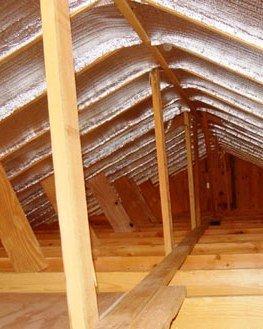
Insulating the walls of a house is among the most effective internal cooling methods you’ll come across. Of these, a reflective foil or radiant barrier is a highly efficient insulation option for tiny homes.
Made of aluminized polyester or pure aluminum foil, such barriers function by separating warm and cool air on the two sides of the wall. As a result, you can easily maintain a cool and comfortable atmosphere regardless of the outdoor temperature.
Here, the trick is the ability of the barrier to control the transfer of radiant heat, which then helps cool smaller spaces effectively. The only thing you’ll need to ensure is the presence of an adjacent air gap, as that will help the air absorb the heat and act as an insulator.
Installing such a barrier is also quite easy as you just need to roll it onto the walls, staple it in place, and use a foil tap to close off the gaps. Plus, it’s a convenient option for houses with limited space as it’s much thinner compared to bulk insulation material.
But keep in mind that these barriers are slightly costlier as they’re metal-based. Also, reflective insulation is prone to becoming a hazard in case there’s a wiring fault.
7. Using Solar Shades
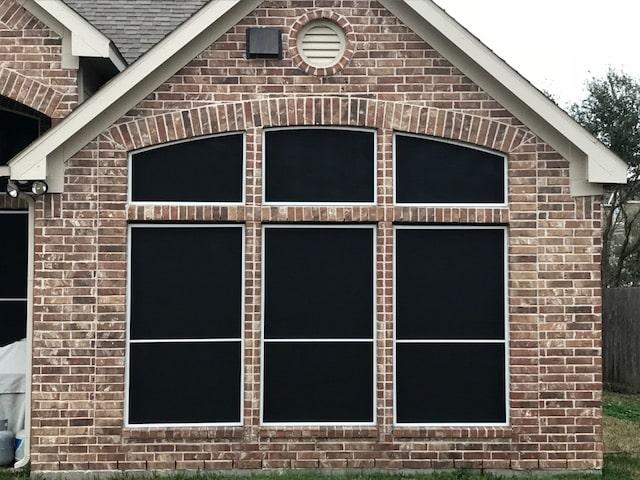
In addition to installing an electric cooling system, you should also adopt an efficient preventative method to reduce the heat coming through the windows.
Putting up some solar shades is a smart way to do this, as it will naturally keep your tiny house comfortable. These shades are typically see-through window coverings made using HDPE or PVC that regulate the sunlight entering through the windows while allowing the breeze to flow through.
Plus, these shades can help save your energy costs during summer. Note that the transfer of heat from the outside can pressurize an air conditioner, making it run longer and consume more electricity. So, by reducing the heat transfer, solar shades can help reduce electricity bills.
As an additional tip to make sure they don’t flap around, you can install hold-down brackets at the bottom.
8. Using Cooling Curtains
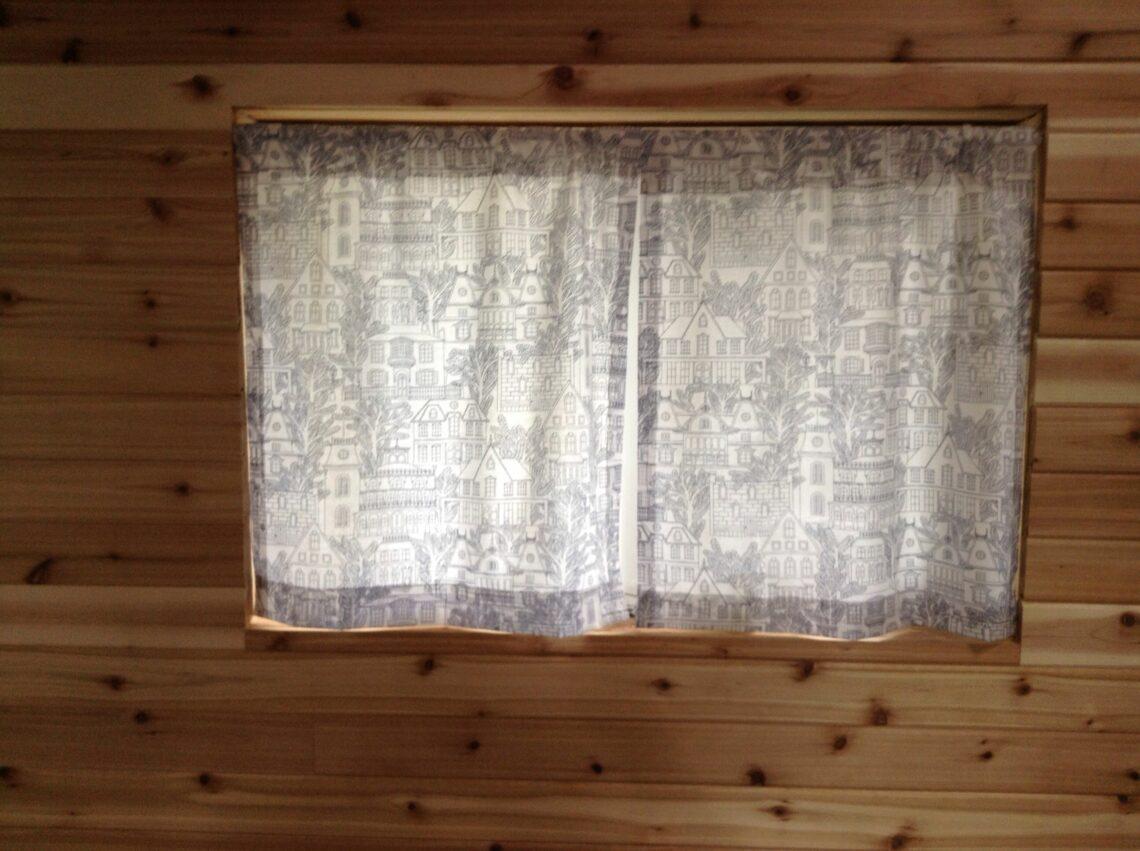
Another simple way to prevent heat from turning your home uncomfortable is to put up some suitable curtains and keep them shut during the day. Keep in mind that the heavier ones will be able to block the sunlight the proper way. That said, you’ll find many other effective options in case it doesn’t go well with the decor.
9. Choosing Low-Emission Double Pane Windows
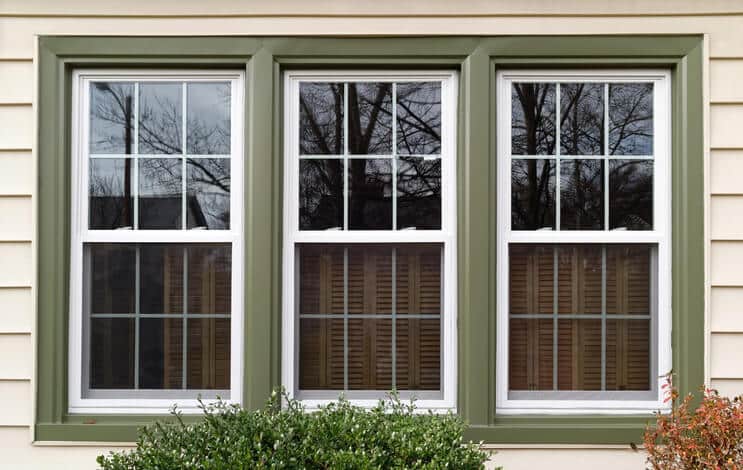
If you didn’t know this yet, remember that the type of window you opt for will have a major impact on the indoor temperature during summer. That’s why it’s best to choose materials that emit low levels of thermal energy or Low-E materials.
Notably, double-pane windows with low emissivity (Low-E) can help block excessive UV rays and heat, thereby ensuring a cooler atmosphere indoors. These windows are also available in most glass shops, so you can get hold of them easily. But the installation isn’t very simple, so you’ll have to get it done by a professional.
10. Keeping The Windows Open
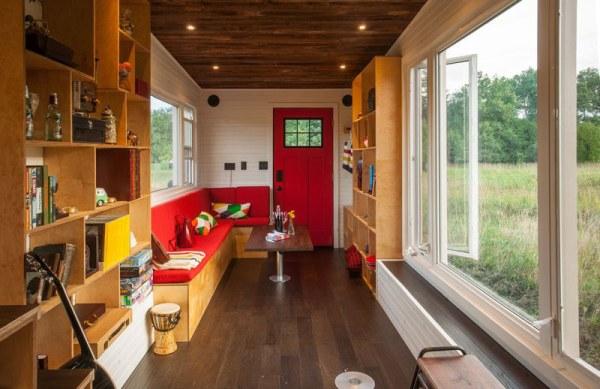
For climates that don’t get excessively hot, you might be able to deal with the summer heat by just opening up the windows. Note that this will allow a natural breeze to enter the tiny house and provide a natural cooling effect. Avoid closing the windows at night to let the breeze in; then shut your shades and close them back during the daytime so that the heat doesn’t enter the home.
Additionally, many people choose to incorporate an oscillating fan into such an arrangement. They open their windows at night and then circulate the cool air around the space in the daytime. Though this might not keep the tiny house as cool as some standard methods discussed above, it can help maintain a comfortable temperature indoors.
11. Innovative Passive Cooling Techniques
Passive cooling refers to the use of building materials and design for efficient temperature control during hot weather. While using sun shades and reflective foils that we’ve already discussed are some simple techniques, there are also some more innovative methods for effective cooling. Here are two such options that we feel work best in this regard:
A. Using Phase Change Material For Ceilings
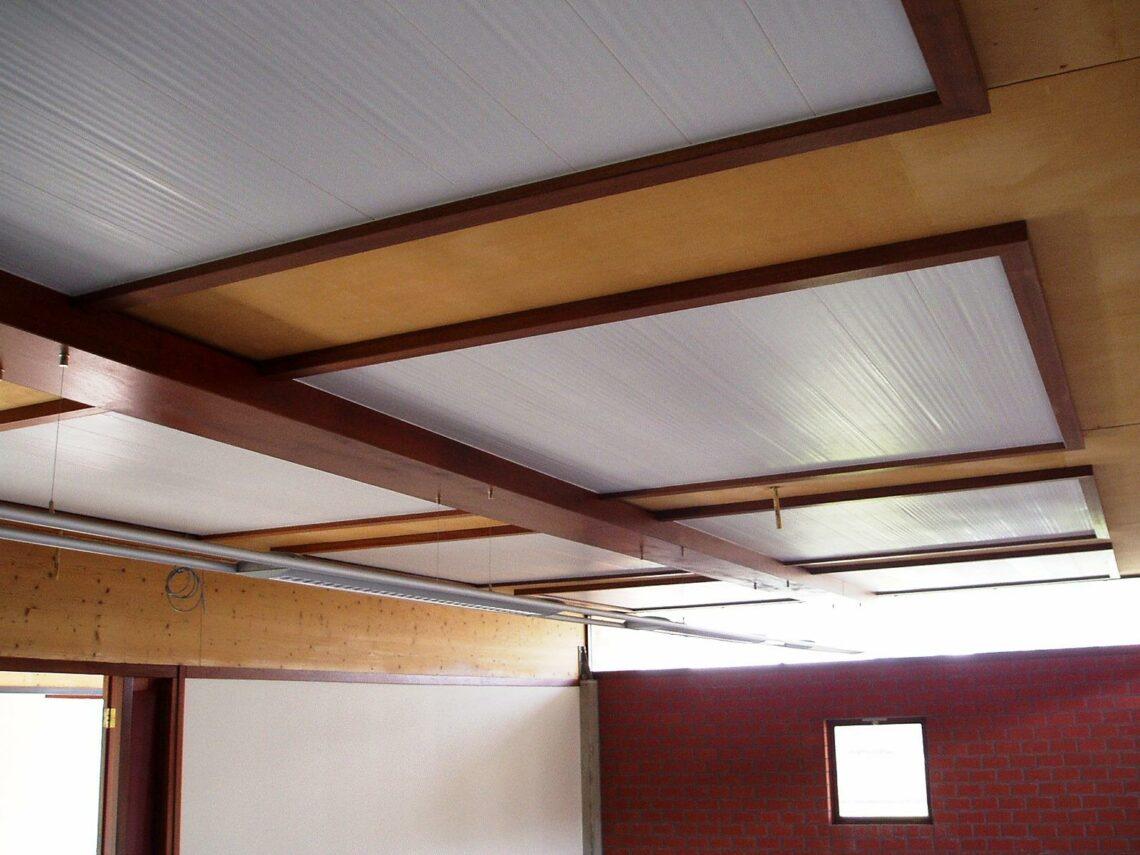
PCMs or phase change materials are advanced ceiling equipment that can help both in controlling temperature swings and storing energy. Simple put, they act as thermal mass to absorb heat that may otherwise enter the interiors of a tiny home.
Such materials are also quite lightweight and come with a low carbon footprint, which make them quite easy to set-up and environment-friendly. Plus, they are available in the form of embedded sheets so that you can roll them out between the joists similar to a bubble wrap.
B. Using Cedar And Cork
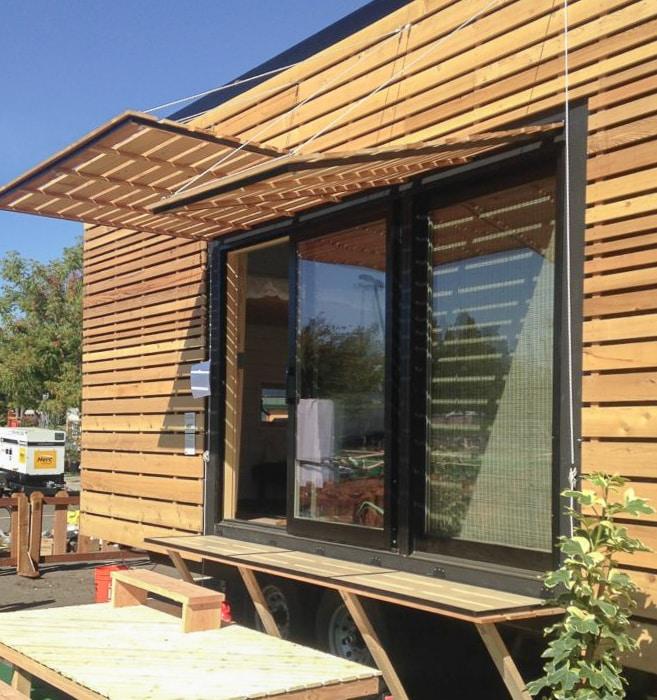
Interestingly, reclaimed slats of cedar and cork panels can be used to build a thick insulating layer on the walls of a tiny home. Note that the panels must be at least 1-inch thick and the cedar should be in a condition suitable for long-term use.
Such a covering provides consistent insulation, thereby reducing the thermal bridging of the wooden frames constituting the walls. Plus, the cedar sidings are separated from the cork panels by a small air gap so that the wooden slats can shade the panels and absorb the radiation. And in the process, the rate of heat transfer to the home is slowed down.
Now, in case you wish to limit heat gain further, you can add a layer of recycled denim over the cedar slats. This may be essential for regions with an excessively hot climate.
All in all, this mechanism can be quite effective in cooling small indoor spaces, but is a bit cost-intensive and will take a couple of days to be arranged.
12. Vertical Terminal Air Conditioners (VTACs)
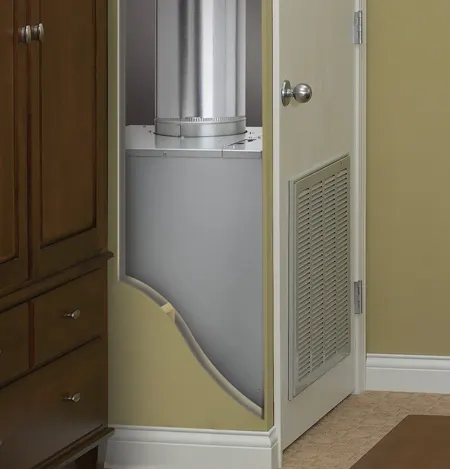
After we’ve looked at quite a few passive cooling methods, here’s another active cooling system for tiny homes that’s worth considering. Vertical terminal air conditioners are generally fitted within closets or other spaces that are out of view. As such, you can only regulate their functioning using a remote controller.
VTACs work to influence the indoor temperature as per the prevailing climate in the region. As such, they come with a variety of cooling and heating components needed to initiate a consistent refrigerant cycle. That said, you can utilize such an appliance to keep your tiny house cool in the warmest climates.
Note that these units typically produce minimal noise as they’re installed away from view. Also, they’re mostly compared with the rarer PTACs, which we’ll be discussing next. But a potential disadvantage of opting for VTACs is their larger size — to install such systems, you’ll require more wall space, a larger closet and as it is with all professional equipment, a HVAC contractor is mandatory to ensure that everything functions properly and that your warranty is not voided by an unauthorized installed.
13. Packaged Terminal Air Conditioners (PTACs)
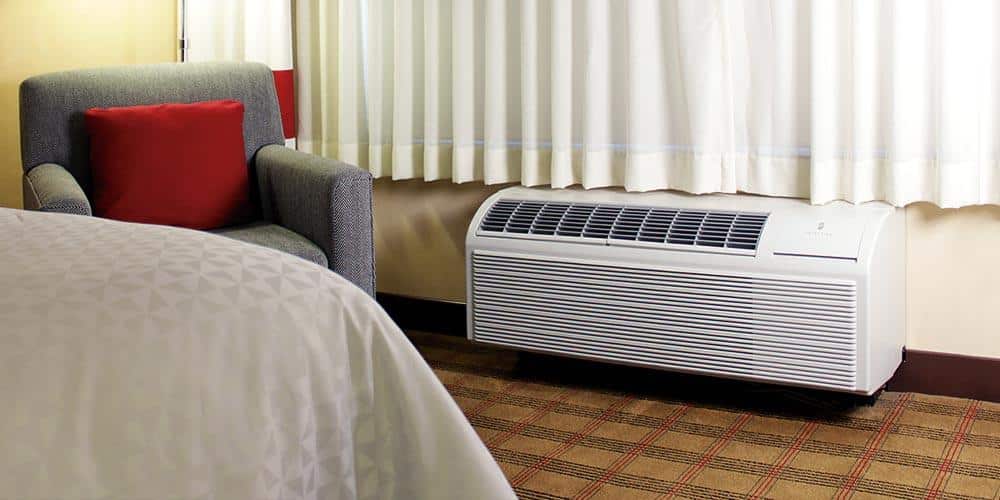
Before we end our list, we’ve picked this less common air conditioning system that’s mainly found in commercial spaces such as hospitals, hotels, and large workplaces. The much higher cost of maintaining PTACs is primarily why they’re used in fewer homes.
Notably, these systems are either controlled by a set of knobs on the unit or through a digital thermostat. Speaking of their working mechanism, they function in almost the same way as VTACs, providing users with the ultimate control over all their climate needs in a single “package”.
The only difference between the two lies in the way they’re installed. While PTACs are set up on a wall through a wall sleeve to enable easy access, VTACs are fitted onto a hidden space such as a low-lying closet.
A great advantage of going for PTACs is that they are among the most durable air conditioning systems on the market. If maintained regularly, they can last for as long as ten years.
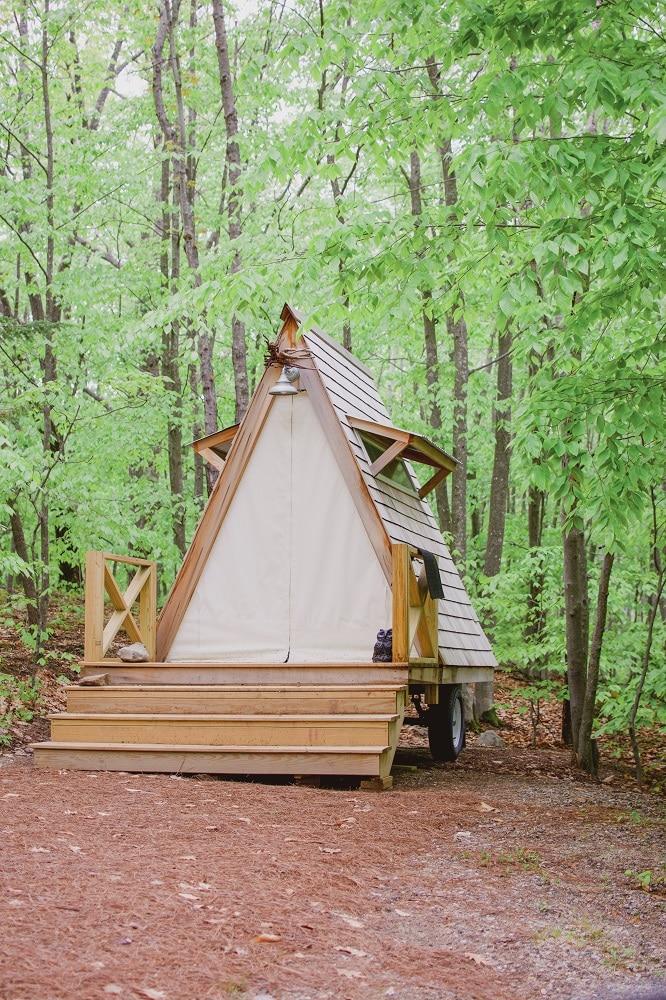
Heating Tiny Homes
For regions experiencing varying climates, setting up a sound heating arrangement in your tiny home is just as essential as having an efficient cooling system in place.
But remember that the arrangement should be suited to the limited space available in tiny homes. Apart from electric heaters that are fairly cost-effective options, here are three other effective alternatives for tiny house heating during colder days.
1. Use A Wood Burning Stove
Durable wood stoves can serve the dual purpose of cooking and heating in any small space such as a tiny house. When you ignite a wood stove, the heat produced radiates through its top. And while it works to control the air flowing in and out, the natural flow heats up the room.
And these can be of two types, viz. welded and cast iron stoves. While the welded stove is cheaper and more long-lasting, the cast iron variety is more visually-appealing but less durable.
2. Effective Insulation
The presence of a good-quality insulation system can help preserve the room heat and enhance the efficiency of active heating solutions such as room heaters. So, you can opt for materials such as stone wool or fiberglass for the purpose.
3. Radiant Floor Heating
Those of you who are set to build a new tiny house can install a radiant floor heating element to help warm up the house during winter. Note that such a heating option is installed beneath the flooring and is also quite thin. That’s why such a heating system can easily fit into any home without occupying any extra space.
Conclusion
So, what are you waiting for? Start preparing your tiny home for your upcoming summer trips. And even if a weekend trip doesn’t materialize, the house can be a perfect spot for any get-together with your close ones!
But before we call it a day, here’s a handy tip for you. In case you’re planning to invest on a cooling appliance, make sure to chalk out your budget and measure the space required beforehand.
With that, we’ll wrap things up for today. But stay tuned as we’ll be back with more informative guides soon. Till then, take care!
Related Articles
7 Ways to Reduce Your Air Conditioning Costs
Ducted Air Conditioning vs. Split System Air | All You Need to Know


